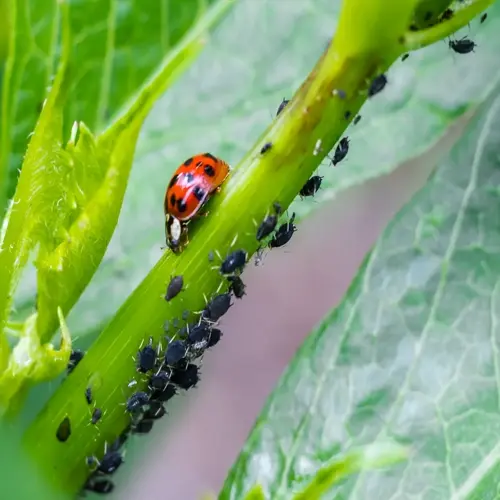What are the primary benefits of cover cropping?

Written by
Tina Carter
Reviewed by
Prof. Samuel Fitzgerald, Ph.D.The use of cover crops begins by protecting your soil in between main crop seasons. These unique plants protect the soil from erosion while also feeding microorganisms that are crucial to the soil's health. I've even witnessed fields change from compacted dirt to "crumbly" soil in just two seasons using a cover crop.
Soil Health Enhancement
- Boosts organic matter content improving soil structure and water retention
- Increases earthworm populations by 30% creating natural aeration channels
- Enhances microbial activity for better nutrient cycling and availability
Erosion Control
- Reduces water erosion by 54-89% through root networks anchoring soil
- Cuts wind erosion by 80% with surface coverage protection
- Decreases sediment runoff into waterways by 50-75%
Nutrient Management
- Legumes fix 30-60 lb/acre nitrogen reducing fertilizer needs
- Deep-rooted species bring nutrients up from subsoil layers
- Prevents nutrient leaching keeping fertilizers in root zones
Your fields will naturally benefit from protection against extreme weather. Cover crops function like living mulch, regulating soil temperature and moisture. During droughts, they retain more water (20-25% more). When the heavy rains come, there is less damage because water infiltrates 40% faster.
Cover crops also provide economic benefits. Legume cover crops can reduce or eliminate fertilizer costs by 25-100% through their natural ability to fix nitrogen. Following a good cover crop rotation, corn or tomato yields usually increase by 5-24%. Most farmers recoup their investment in three years or less.
Begin with winter rye for easy establishment and quick erosion control. When you terminate it, use good timing to minimize competition for resources. Your soil will respond with better structure and productivity (invisible). The more you do this, the more resilient your fields will be and the better value they will provide each year.
Read the full article: Cover Cropping Benefits for Sustainable Farming

